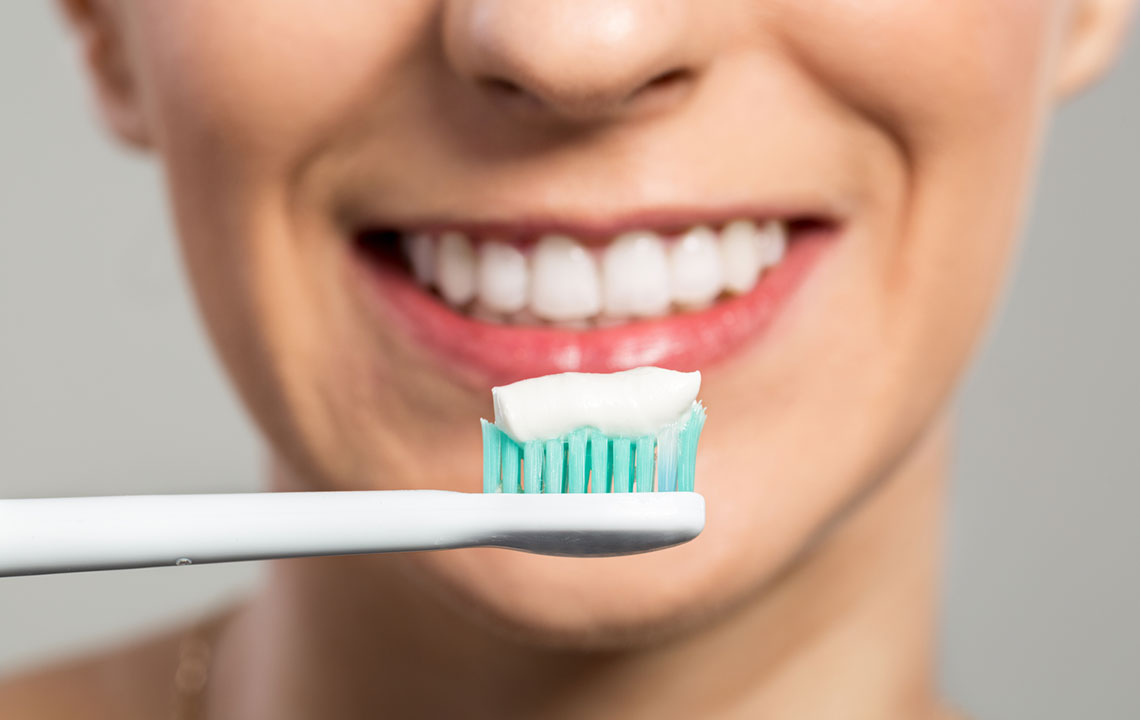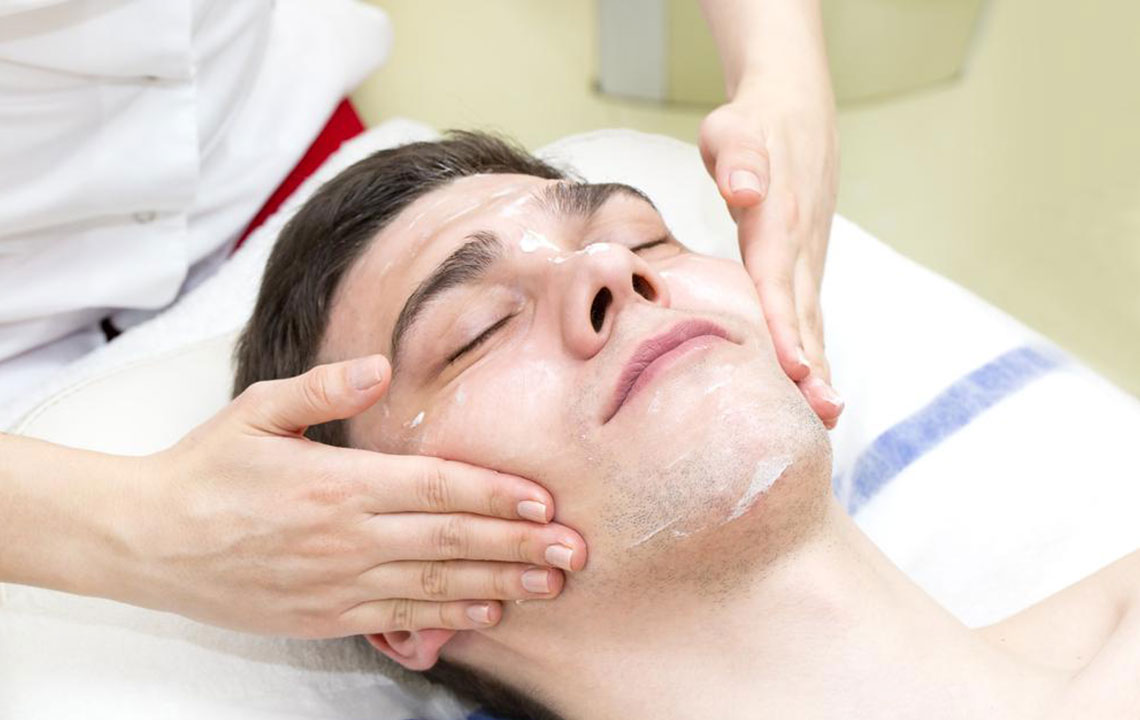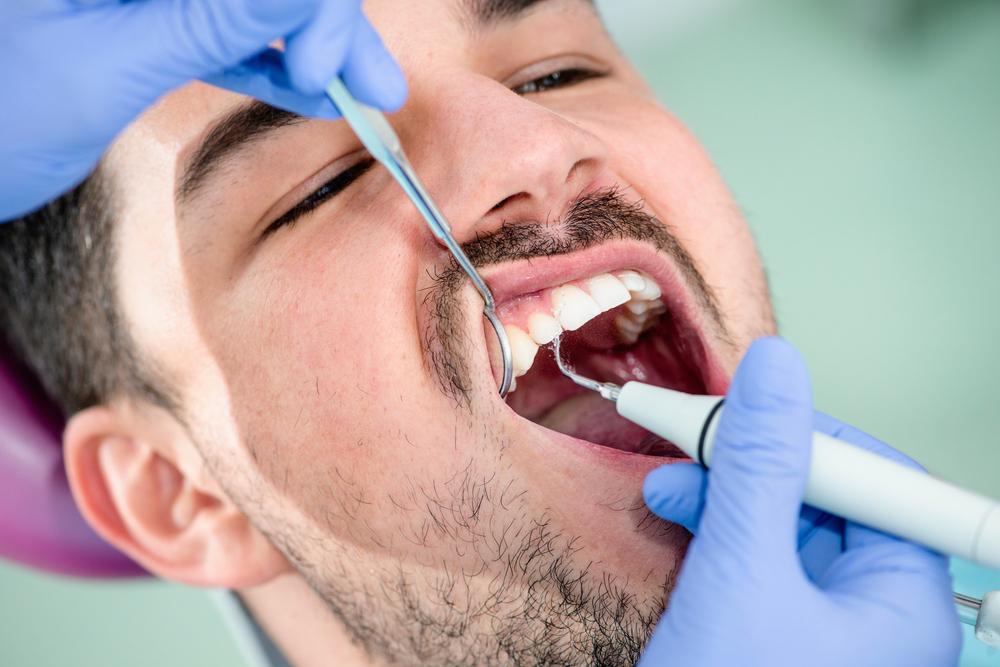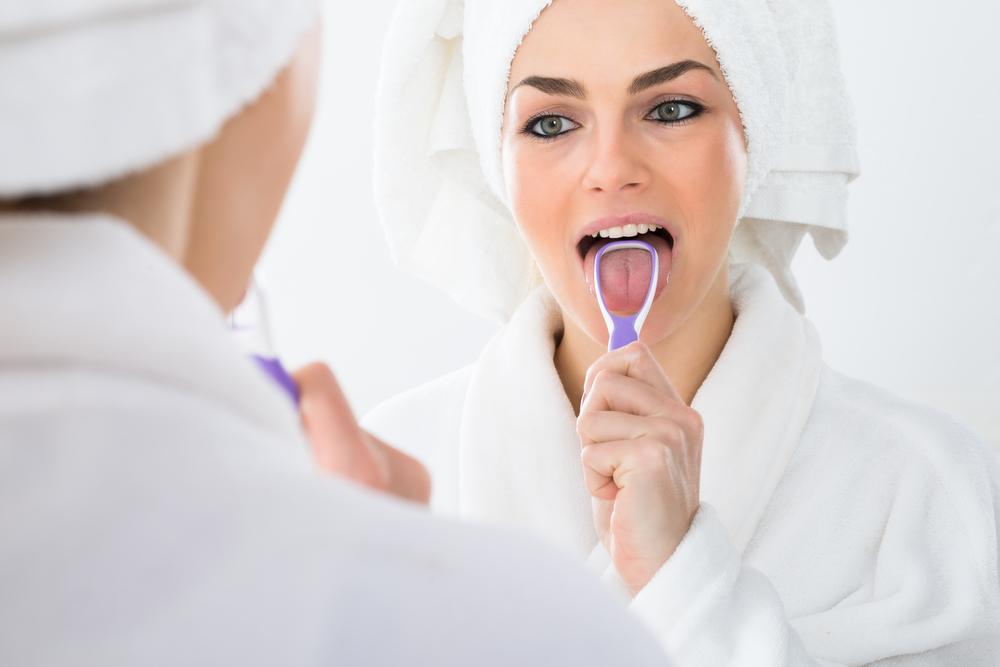Comprehensive Guide to Brightening Your Smile with Teeth Whitening
Learn everything about teeth whitening, including causes of staining, various treatment options, safety considerations, and how to maintain a bright smile. Discover how professional and at-home methods can effectively restore your teeth’s natural whiteness while understanding potential risks. Maintaining oral health before whitening ensures optimal results, and periodic touch-ups may be needed to keep your smile radiant. Expert guidance helps you choose the best approach for a confident, attractive appearance.

Comprehensive Guide to Brightening Your Smile with Teeth Whitening
Discoloration and other dental concerns can compromise the appearance and health of your teeth. Teeth whitening is a popular treatment to restore a radiant smile by bleaching stained teeth. Not only does whiter teeth improve your overall look, but it also enhances confidence. Additionally, professional whitening procedures can strengthen teeth, contributing to better oral health.
While generally safe, teeth whitening is not advised for individuals with existing dental restorations such as crowns, veneers, or bonding, as these materials do not respond to bleaching agents.
This discoloration often results from aging, as dentin, the layer beneath enamel, darkens over time. Enamel thinning due to wear, diet, or grinding exposes darker dentin, causing teeth to appear yellow. Factors like certain medications, injuries, excessive fluoride, genetic conditions, or dental amalgams can also lead to staining.
Use of certain antibiotics during development can stain teeth
Trauma or damage may cause discoloration
High fluoride intake can impact whiteness
Rare disorders like amelogenesis imperfecta
Genetic factors
Silver amalgam fillings
External factors such as drinking tea, coffee, red wine, smoking, poor hygiene, and acidic foods contribute to surface stains.
Methods of teeth whitening
In-clinic whitening - Done at a dental office within about two hours, delivering quick, noticeable results, but at a higher cost.
Tray-based whitening - Custom or over-the-counter trays with gels containing peroxide; results depend on concentration and duration of use.
Whitening strips - Affordable strips available at drugstores that bleach teeth over days or weeks depending on peroxide content.
Whitening toothpaste - Contains abrasive agents that remove surface stains, offering gradual whitening benefits.
Potential side effects
Tooth sensitivity - Temporary sensitivity can occur as enamel becomes more permeable after treatment. Those with pre-existing sensitivity should consult a dentist.
Gum irritation - Chemical exposure during whitening can cause inflammation, redness, or minor bleeding of soft tissues, usually resolving quickly.
Undesired outcomes - Heavy staining or internal discoloration may limit results. Over-whitening can cause teeth to appear translucent or gray.
Teeth whitening is a safe procedure when conducted properly. It's essential to have healthy teeth and gums beforehand. Results are not permanent, as natural aging causes re-staining; thus, periodic treatments every 6 months to 2 years may be necessary for maintaining a bright smile.










